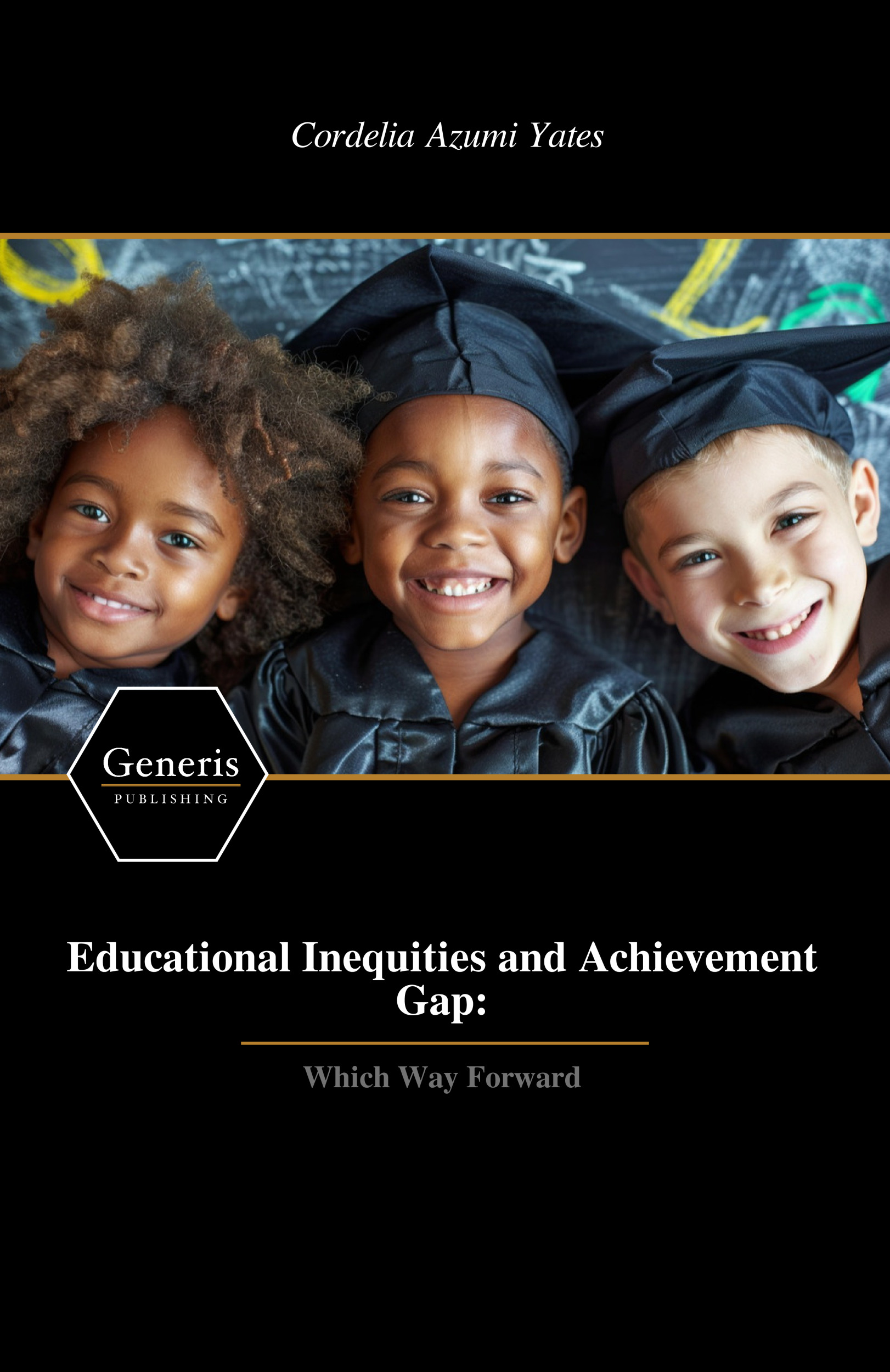The global achievement gap highlights disparities in educational outcomes and economic opportunities among different demographic groups, particularly minorities, immigrants, and underprivileged students (Hernandez, 2022). Research (McFarland et al., 2018; Reardon, 2018) confirms that significant differences in school achievement persist, particularly in the U.S., where discussions often focus on standardized test results among various racial and ethnic groups (Ladson-Billings, 2006). This term also reflects broader social injustices that extend beyond political boundaries (Clark, 2013; Harris & Herrington, 2006).
Therefore, it is essential to research the achievement gap, especially among students from varying economic backgrounds (Artiles, 2011; Hanushek et al., 2019). Fanning (2007) questioned whether an achievement gap exists globally, particularly between privileged and underprivileged cultures. This inquiry aligns with a UNESCO report emphasizing educational inequality and the slow progress toward universal education (Gust et al., 2024).
| Pages: | 64 |
|---|
| Published: | 2025 |
|---|
| ISBN: | 979-8-89248-858-7 |
|---|
| Language: | English |
|---|
| Category: | Education |
|---|










